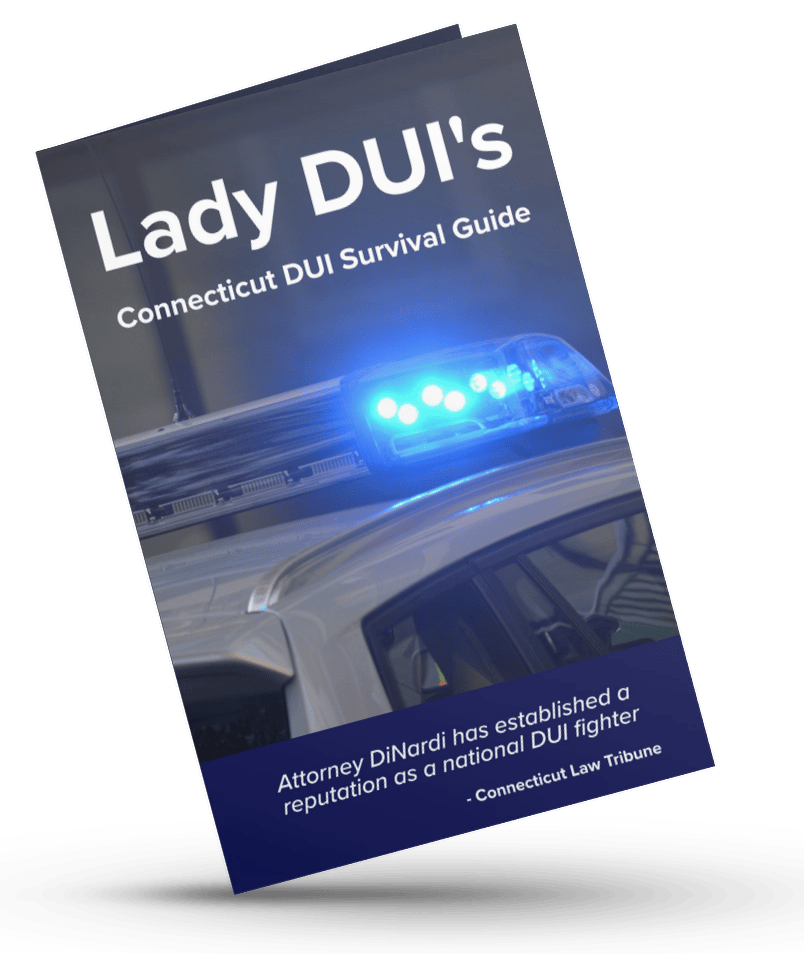If you have ever been charged with a New London DUI, you are likely familiar with standardized field sobriety tests. These are tests given by police officers to drivers that they suspect of driving under the influence. These testes are used not just in Connecticut, but throughout the United States, and are considered the most accurate field sobriety tests, especially when used together. However, the truth is that there are many flaws with these tests which should be explored if failing standardized field sobriety tests led to your arrest. On this page, you can learn more about common inaccuracies associated with the standardized field sobriety tests and what it might mean for your case if a prosecutor is building a case against you based on failing these tests.
Walk-and-Turn Test
As I mentioned, there are three standardized field sobriety tests commonly used when a police officer suspects a person of driving under the influence. One of these tests is the walk-and-turn test. In this test, a driver is asked to take nine heel-to-toe steps, turn around, and walk back. The police officer looks for issues such as taking the incorrect number of steps, falling over, using arms for balance, and more, to determine if the driver fails this test or passes.
However, there may be other issues at play which impact the test score that have nothing to do with alcohol use. For example, a person may lose their balance due to uneven road conditions, adverse weather conditions, nerves, injury, illness, age, or weight. So many other factors could be at play when a person is trying to balance, walk, and keep track of instructions that have been given to them. All of the factors mentioned above could be used to question the validity of the test results.
Call us today to schedule a free consultation with my team. Hope will not fix your Connecticut DUI charge. Contacting us can!
One-Leg Stand Test
The one-leg stand test is similar to the walk-and-turn test because it tests balance, coordination, and attention. A suspect is instructed to stand on one leg and count to 30 without swaying, falling, using their arms for balance, etc.
Yet again, consider all of the factors other than alcohol consumption that could impact the results of this test. Poor visibility, improper footwear, uncomfortable clothing, uneven road conditions, improper instructions, nerves, and more could all be at play. Then there is the fact that it takes a lot of coordination and strength to stand on one leg for 30 seconds without moving at all. Older people or those who are overweight might have difficulty with this task. In fact, if you stood up right now and tried to balance on one leg for 30 seconds, you might not be able to do it completely sober.
Horizontal Gaze Nystagmus Test
The final standardized field sobriety test is the horizontal gaze nystagmus test. This is supposed to be the most accurate of the three tests, but as you will see, there could be issues with the test results. A police officer administers this test by instructing a suspect to stand and look straight ahead. Then they are supposed to follow an object such as a pen with their eyes only. As their eyes shift, the police officer looks for jerking in the eyes. This is supposedly a sign of intoxication, but it could also be a sign of a medical condition. This is not completely accurate in predicting intoxication because some people have a normal amount of nystagmus, or eye jerking, when they move their eyes. If it is dark out, the officer may also not be able to see well and may embellish the results.
Getting Help
As you can see, there are many reasons why the standardized field sobriety tests may not be accurate in predicting if someone has been drinking alcohol. At our firm, we will go over the circumstances surrounding your tests and see if there is a way to create doubt about the test results or have the tests removed as evidence against you altogether. For more information, contact us.


